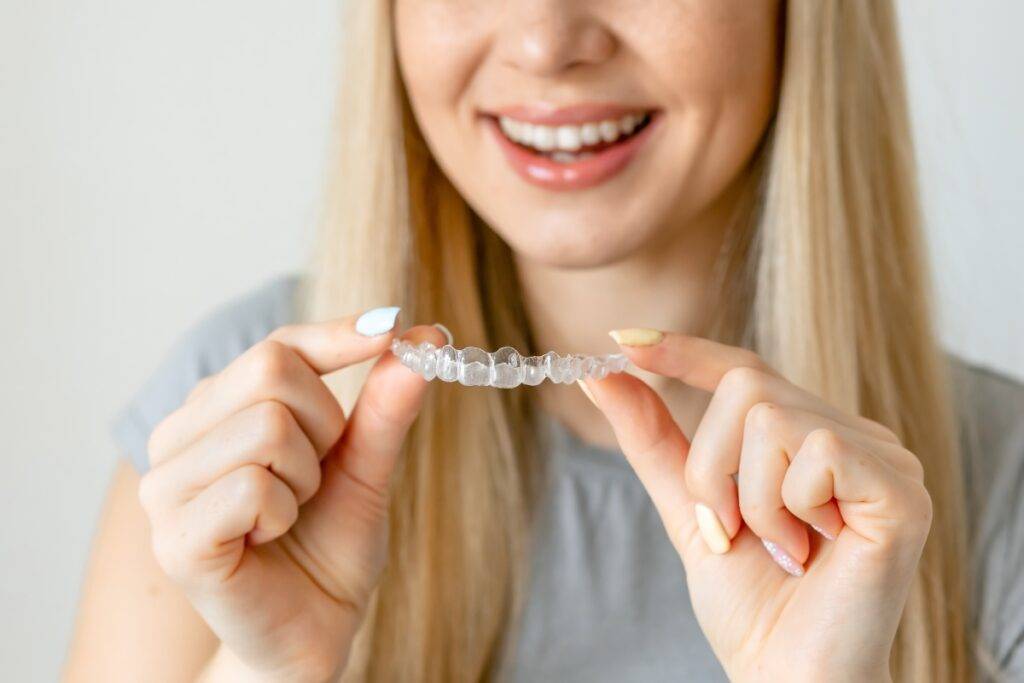The field of orthodontics has seen significant advancements over the years, from the development of clear aligners to the use of digital technologies in treatment planning.
However, with these advancements comes a growing awareness of the environmental impact of orthodontic practices. As the world becomes increasingly concerned about sustainability, the dental industry is also taking steps to reduce its ecological footprint.
This blog explores the environmental impact of orthodontics and how the industry is moving toward more eco-friendly solutions.
Understanding the Environmental Impact
Orthodontic practices, like many medical fields, have traditionally relied on materials and methods that contribute to environmental degradation. The use of plastics, metals, and other non-biodegradable materials in braces, aligners, and other orthodontic appliances generates significant waste.
Additionally, the manufacturing processes for these materials often involve high energy consumption and the release of pollutants. Disposable products such as gloves, masks, and packaging further contribute to the problem, leading to a substantial environmental footprint.
The Shift Toward Sustainability
In response to these challenges, the orthodontic industry is increasingly adopting sustainable practices aimed at minimizing environmental impact. One of the most significant shifts has been the move toward eco-friendly materials in the production of orthodontic appliances.
For example, some manufacturers are developing biodegradable aligners made from plant-based or recycled materials. These aligners decompose naturally over time, reducing the amount of plastic waste that ends up in landfills and oceans.
Additionally, digital technology is playing a crucial role in making orthodontics more sustainable. Digital impressions, for instance, eliminate the need for physical molds, which are typically made from non-biodegradable materials.
This not only reduces waste but also minimizes the resources required for transportation and storage. Furthermore, the use of 3D printing in the creation of custom aligners allows for more efficient use of materials, further reducing waste.
Energy Efficiency and Waste Reduction
Orthodontic practices are also focusing on energy efficiency and waste reduction in their daily operations. Many clinics are adopting green building practices, such as using energy-efficient lighting, heating, and cooling systems. By implementing recycling programs and reducing water usage, these pra
ctices contribute to a smaller environmental footprint.Another area of focus is the reduction of single-use items. While infection control remains a top priority, some practices are finding ways to reduce reliance on disposable products.
For example, using reusable sterilization containers and instruments can significantly cut down on waste.
Educating Patients and Staff
A key aspect of moving toward more sustainable orthodontics is education. Both patients and staff play a vital role in reducing the environmental impact of orthodontic care.
Clinics are increasingly educating their staff on sustainable practices, such as proper waste segregation and energy conservation. Additionally, patients are being encouraged to participate in sustainability efforts by recycling their used aligners and packaging.
The Future of Eco-Friendly Orthodontics
The future of orthodontics lies in the continued development and adoption of eco-friendly solutions. As more companies and practices commit to sustainability, the industry is likely to see further innovations in materials, technologies, and processes that reduce environmental impact.
For example, advances in biocompatible materials may lead to the development of orthodontic appliances that are not only biodegradable but also more comfortable and effective for patients.
Moreover, the integration of artificial intelligence and machine learning in treatment planning could lead to even greater efficiency, reducing the need for multiple adjustments and minimizing resource use.
As the orthodontic industry continues to evolve, the commitment to sustainability will play a crucial role in shaping the future of dental care.
The environmental impact of orthodontics is a growing concern, but the industry is making strides toward more sustainable practices. By adopting eco-friendly materials, digital technologies, and energy-efficient operations, orthodontic practices can significantly reduce their ecological footprint


